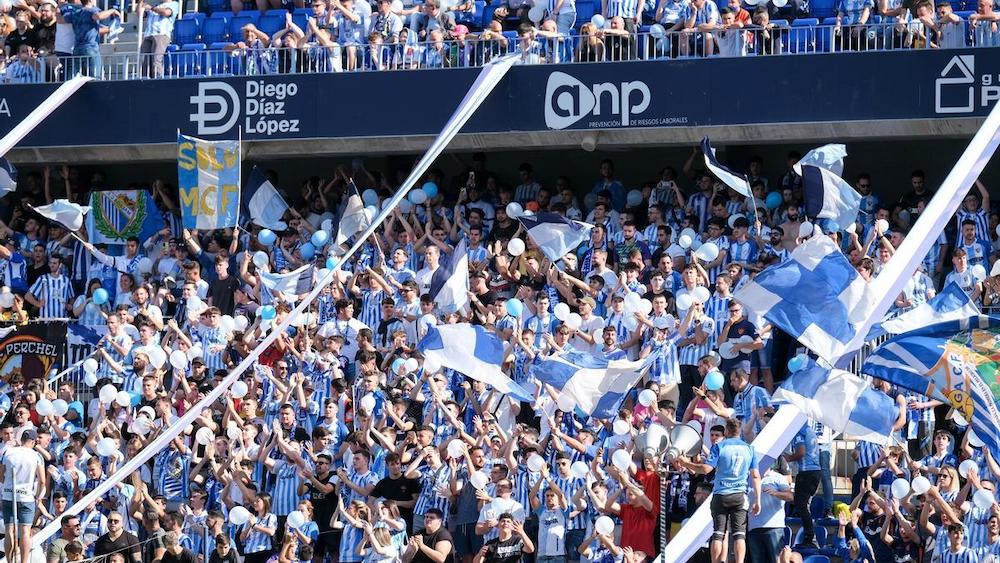At the rich peak of Spanish sport, stadiums have become not only playing fields, but sanctuaries where passion and history intertwine. From the fervor of football to the elegance of other sports, stadiums in Spain offer a fascinating journey through the heart of the competition. In this article, we will explore the diversity and charm of these iconic places that transcend the lines of the court.
Football, the national beat
In the very fabric of Spanish culture, football beats like an omnipresent force. Stadiums like the Santiago Bernabéu in Madrid and the Camp Nou in Barcelona are true coliseums where football epics are written. These monuments not only bear witness to epic duels, but also encapsulate the devotion of the fans and the rich history of the clubs. In Spain, the culture of sport, especially football, has been taken to another level, where it is no longer just a sport, but a feeling, and it is here where stadiums become extremely important, where various emotions and emotions arise. feelings.

Beyond football: sporting diversity
Beyond football, Spain stands as a true melting pot of sporting activities, offering a wide range of disciplines that embrace diversity and passion for sport in all its forms. While football may take center stage, Spanish stadiums are also home to a rich variety of sporting events ranging from the exciting world of motorsport to high-level multi-sport competition. At the Jerez Circuit, the roar of the engines and the speed become the protagonists, attracting motorsport enthusiasts and professionals from all over the world. Meanwhile, the Sports Palace of the Community of Madrid is transformed into an epicenter of multi-sport activity, hosting events ranging from basketball competitions to gymnastics shows and beyond. This diversity of facilities and events not only highlights Spain's versatility in sports, but also offers opportunities for athletes and fans of all interests and abilities to immerse themselves in the excitement and camaraderie of the world of sport.
Architectural heritage at stake
The architectural heritage of Spanish stadiums is an impressive manifestation of creativity and innovation in the field of construction. From the modernism of the emblematic San Mamés Stadium in Bilbao to the architectural majesty of the imposing Wanda Metropolitano Stadium in Madrid, these sports venues not only represent playing fields, but also authentic masterpieces that fuse aesthetics with functionality in an extraordinary way. More than just sporting venues, these stadiums have become true cultural landmarks that host a variety of events, from exciting matches and high-level competitions, to massive concerts and vibrant festive celebrations. This versatility in their use highlights their importance as nerve centers where both the excitement of sport and cultural expression converge, adding an additional dimension to their architectural value and consolidating their position as fundamental pillars in the social and cultural fabric of Spain.

The fan experience
The stadium experience is much more than just a sporting event; It is a complete immersion in a world of emotions and human connections. In places like La Rosaleda and the Ramón Sánchez Pizjuán Stadium, passion is palpable in the air, pulsates in every corner and is reflected in the faces of the fans who fill the stands with their chants and flags. Here, the atmosphere is electric, charged with an infectious energy that unites fans in a collective fervor for their team. From the palpable emotion before the opening whistle to the ecstasy of a goal celebrated en masse, each moment is experienced with unmatched intensity. But beyond competition on the field, stadiums are also places where lasting relationships are forged between people from different backgrounds and experiences are shared that transcend the purely sporting and go on to create special memories for fans. In general terms, the rivalry between teams is mixed with displays of respect and camaraderie between rival fans, creating a unique atmosphere of coexistence and fun. Ultimately, the stadium experience is an emotional journey that leaves an indelible mark on the hearts of those who have the privilege of experiencing it. It is a reminder that, beyond the results on the scoreboard, what really matters are the moments shared and the emotions experienced in community.

Stadiums with history
Each stadium in Spain has a unique story to tell. In our country we have a rich sporting tradition, and its stadiums witness exciting sporting events throughout the year. The Santiago Bernabéu, in Madrid, home to one of the most successful football clubs in the world and with a loyal fan base that has seen it through its worst and best moments, has capacity for more than 80.000 spectators and has been the scene of numerous UEFA Champions League finals; or the Camp Nou, official home of the Barcelona football club and which is one of the largest stadiums in Europe, with capacity for more than 99.000 spectators, is known for its vibrant and exciting atmosphere and has accompanied his team to the heights and heights; without leaving aside the Ramón Sánchez Pizjuán Stadium in Seville and home of Sevilla FC, one of the oldest stadiums in Spain and known for having a passionate and loyal fan base; on the other hand, the Mestalla, home of Valencia CF, which has hosted several international events, including World Cup matches; the San Mamés, home of the Athletic Club of Bilbao, known as "The Cathedral" due to its imposing architecture; and the Cornellà-El Prat stadium, in Barcelona, home of Espanyol and known for its modern design.
These are just a few of all the stadiums we have in Spain and that are not only places where exciting games are played, but also milestones that have contributed to the rich sporting history of Spain.
Much more than sport
In the sports stadiums of Spain, a tapestry unfolds where passion, architecture and history are intertwined in an unparalleled way. These places are not just playing fields, but stages where emotions flourish, and memories last. Whether you are a passionate football follower or a lover of various sports, Spanish stadiums offer a unique experience that goes beyond the game itself.
FREQUENTLY ASKED QUESTIONS ABOUT SPORTS STADIUMS IN SPAIN
What is the largest football stadium in Spain?
The Camp Nou Stadium, located in Barcelona, is the largest football stadium in Spain, with a capacity for more than 99,000 spectators.
What is the oldest stadium in Spain?
The Romareda Stadium, located in Zaragoza, is one of the oldest stadiums in Spain, inaugurated in 1957.
What is the most modern stadium in Spain?
The Wanda Metropolitano Stadium, located in Madrid and home of Atlético de Madrid, is one of the most modern stadiums in Spain, inaugurated in 2017.
What is the most important stadium for musical events in Spain?
The Santiago Bernabéu Stadium in Madrid and the Camp Nou Stadium in Barcelona are two of the most important stadiums for musical events in Spain, hosting concerts by renowned international artists.

















































